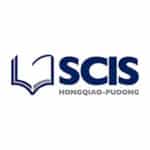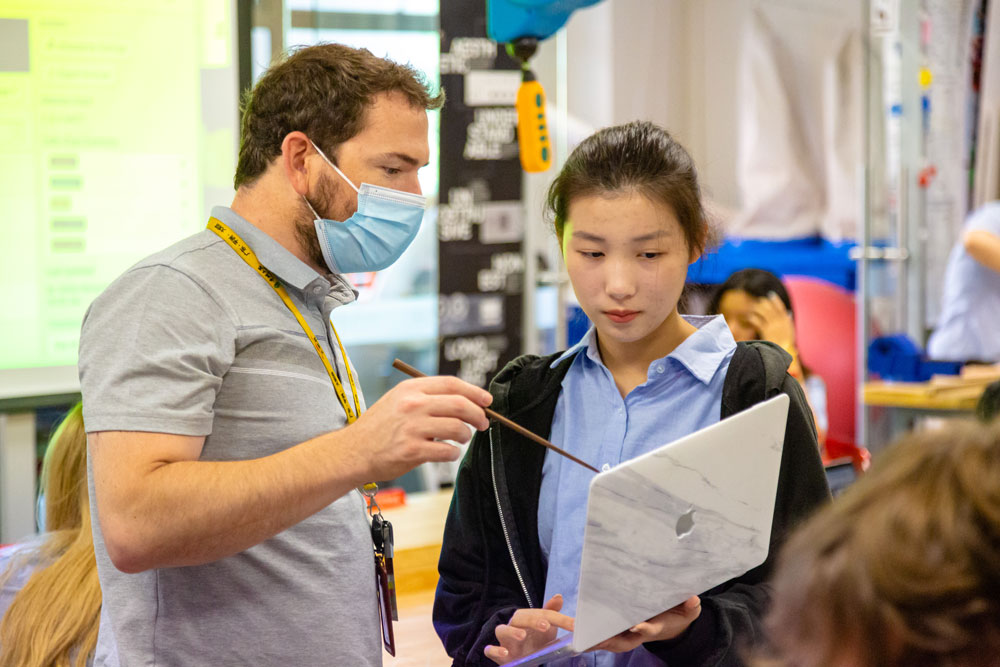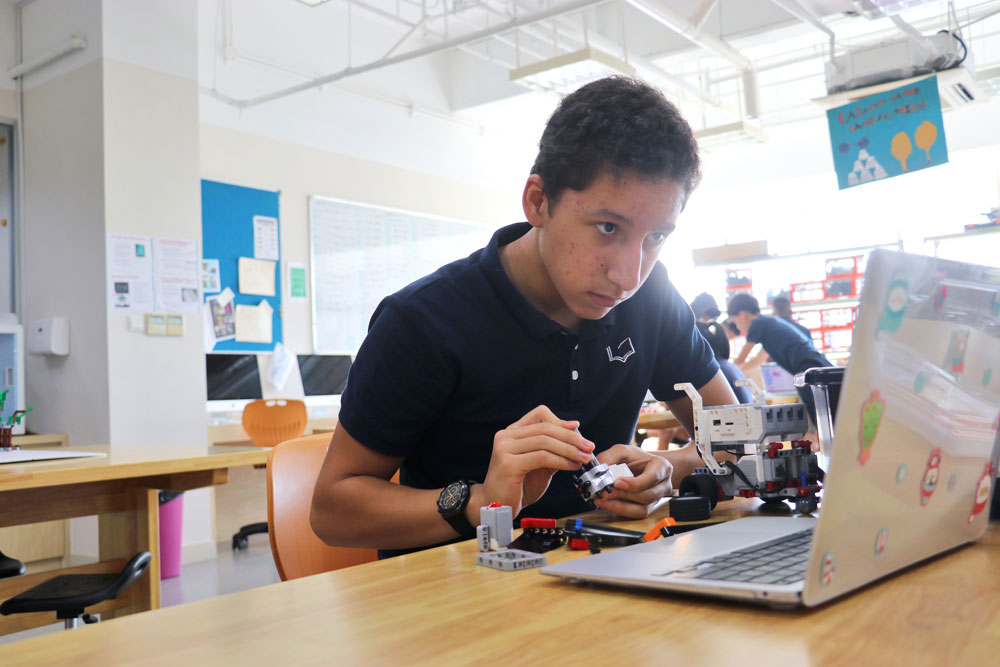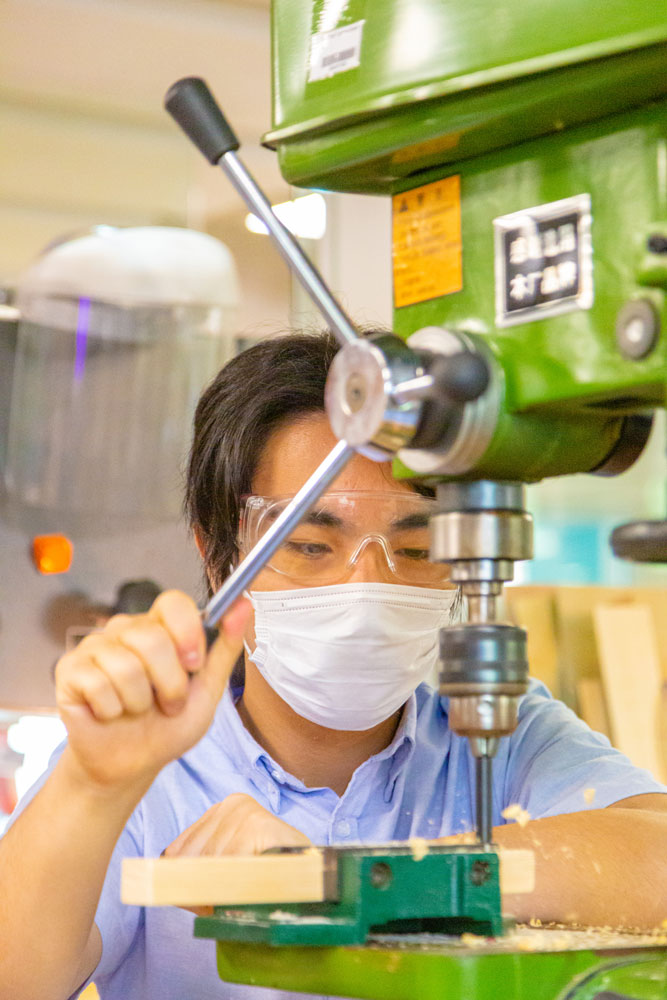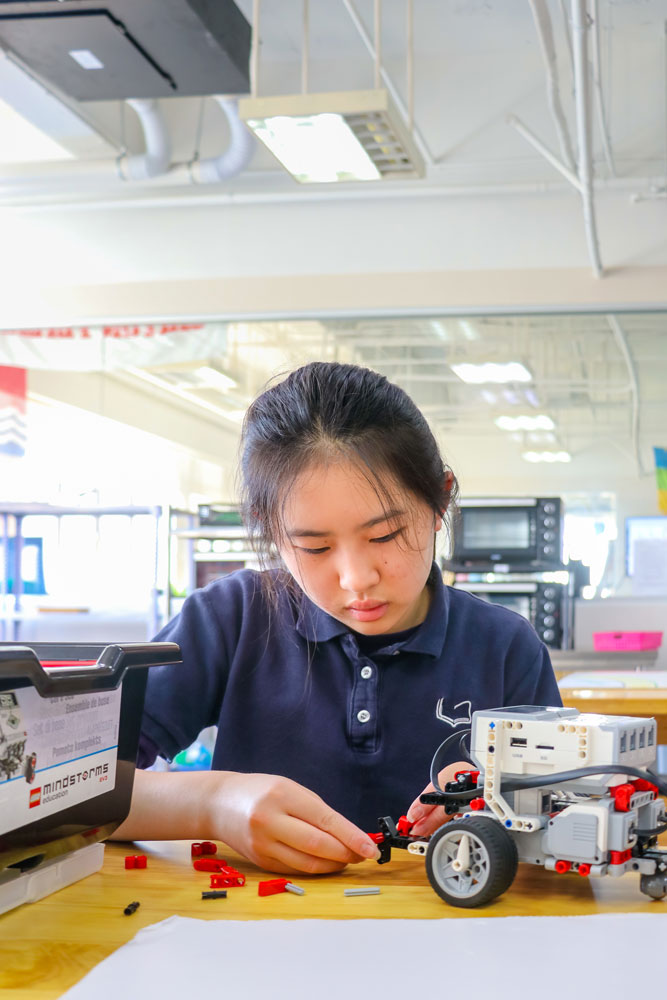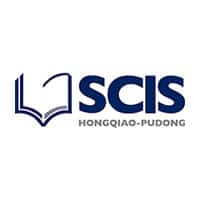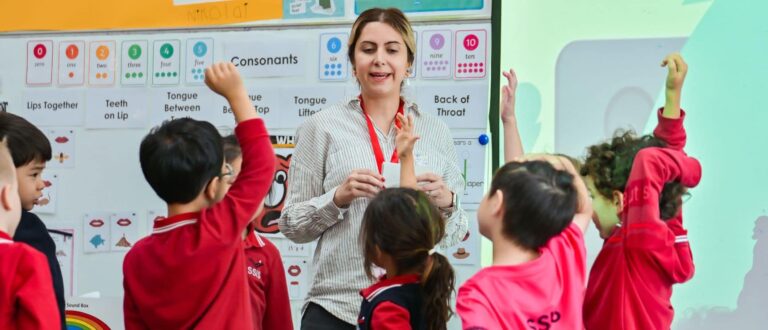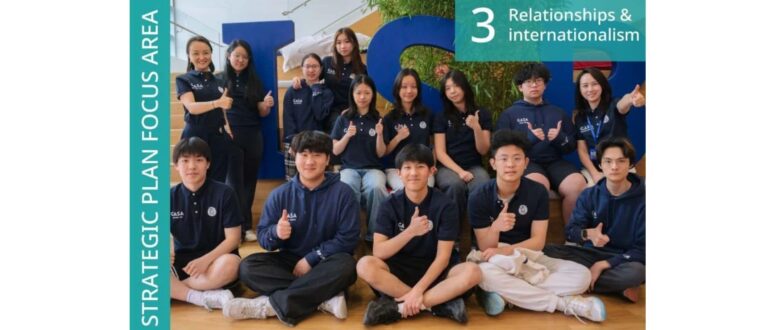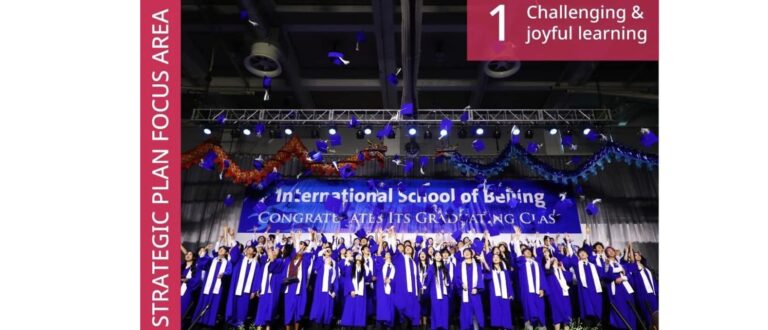Learning technologies are continuing to transform education by augmenting and redefining the roles of teacher and student in the classroom. This transformation is not unique to our school, the Shanghai Community International School (SCIS), or the wider world of education, but rather is a reflection of the world we live in.
Skills such as student creativity, critical thinking, problem-solving, analyzing, designing, remixing, and collaboration are very important now and it is our duty as a school and as educators to prepare our students for this reality. We are preparing our students to be successful for a future that looks very different from today, with jobs, technologies, and problems that don’t even exist yet. We are preparing students for a future that we don’t fully understand and one we can’t predict. Therefore, we need to teach our students to be adaptable, flexible with the ability to learn, unlearn and relearn as lifelong learners. Technologies are ubiquitous in our teaching and learning environments and we need to understand how to use them effectively.
Here at SCIS, we use cloud technologies to allow us to focus on what matters the most to us – our learners. Our students are technologically advanced and we foster inquiry-based learning so that they develop the skills to understand how to ask their questions and learn how to search for the answers with a critical lens. Our students are prepared for in-class learning as well as remote learning in case we need to make that switch. We use cloud-based apps like Microsoft 365, ManageBac, Seesaw, Flipgrid, etc. so that teachers and students can communicate more efficiently and effectively.
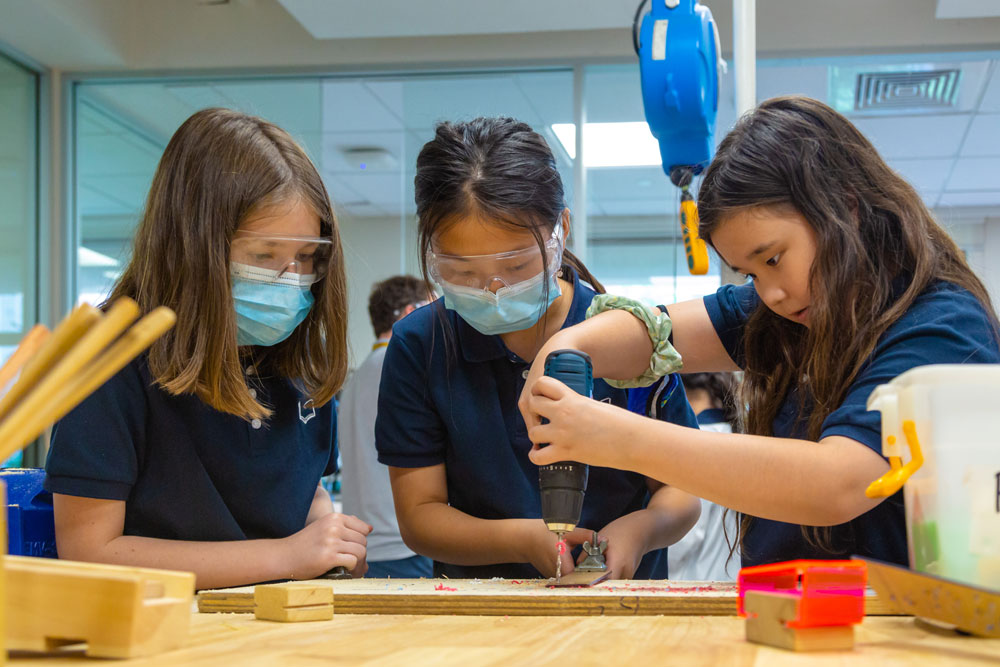
We use multimedia and digital video as part of our didactic toolkit to enhance the teaching and learning process. Research suggests that multimedia content increases student motivation, develops self-directed learning, increases achievement, and encourages lifelong learning. Many learners prefer multimedia over traditional lectures as it can streamline learning and provide more interactive learning experiences. There is also evidence that students learn more from images than printed words. Students become producers of new knowledge by creating digital essays, websites, blogs, and multimedia presentations through written words but also through images, voice-over narration, sound, interactivity, composition, rhythm, and pacing.
At SCIS, we also educate our community about the use of technology from both the positive and negative aspects. For example, while technology can increase engagement, we need to be aware that it can also be a distraction. While technology can increase teamwork through collaborating in the cloud or communicating on digital discussion boards we also need to be mindful that technology can also be isolating for some and so we develop lessons to prevent this. We also recognize that while technology can save teachers time so they can focus on assessment and feedback, we also need to be aware that technology can take time to learn and understand how to integrate it into the classroom. We work together as a learning community to navigate this rapidly changing educational paradigm to ensure that our students are prepared to be successful outside our school’s digital learning landscape.
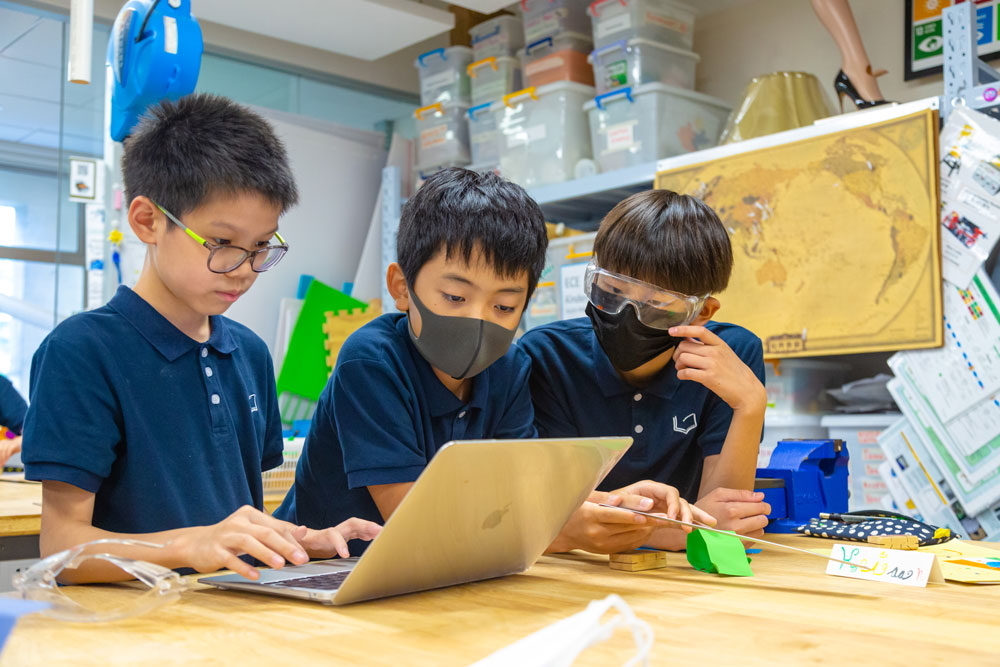
By Greg Read, Director of Technology and Innovation at SCIS
